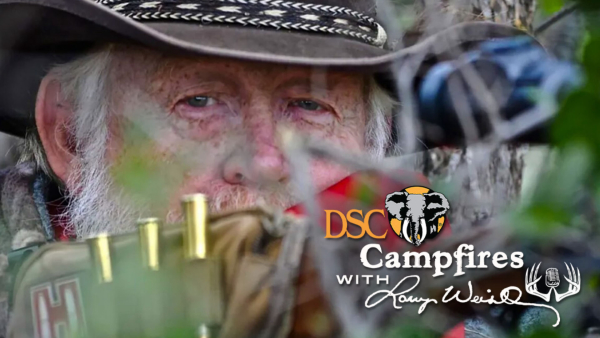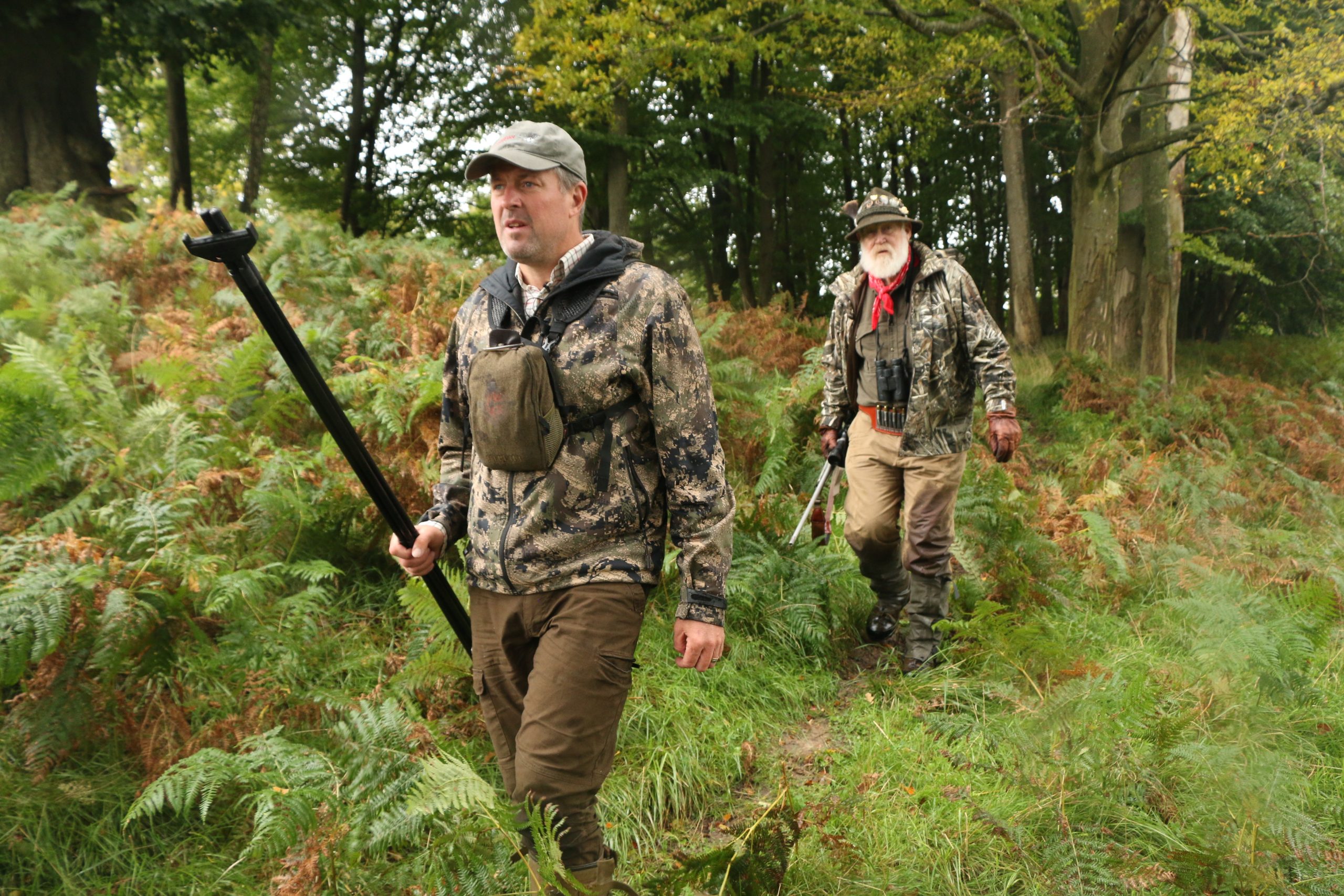Nature can be complex and unpredictable. Even when biologists or wildlife scientists know a behavior occurs, certain ones are difficult to interpret and capture. Here’s a look at some of the unique wildlife moments documented recently.
- Researchers have discovered a new communicative signal in wild dogs in Botswana. Wild dogs use sneezes to gauge consensus in a group environment. In order to successfully rally the group from drowsy loungers to hunting pack, a dog had to get a high numbers of sneezes in response. Wild dogs have been listed as endangered since 1994 due to habitat loss, disease and human conflict. Researchers aim to use new understanding to increase conservation efforts. To read more about this discovery, head to this New York Times article.
- In Tanzania, a guest staying at a lodge in a conservation area observed a special mother and cub moment, but it was not a typical duo. The photo made headlines when it revealed a lioness nursing a leopard cub. Some species will not raise unrelated young of their own kind, let alone foster a cross-species relationship. Click here to see the photos and phys.org’s coverage of the rare interaction.
- In Peru, a group of birdwatchers thought they had a lucky sighting with a group of bright-colored macaw parrots hanging on a riverbank, but the picturesque image was interrupted by an ocelot. The predator caught one of the birds and dragged it into the jungle. Because macaws are cautious birds, they are not the typical ocelot meal. However, biologists know that macaws become susceptible to predators when they travel to this open area of Peru to eat the salt-rich soil. Click here to see National Geographic’s article with the video and more information of this rare moment.
Bonus pictures: ever seen a Cape buffalo horn fresh after a break? Click here to see the photos of the unique moment. What about a white giraffe?



